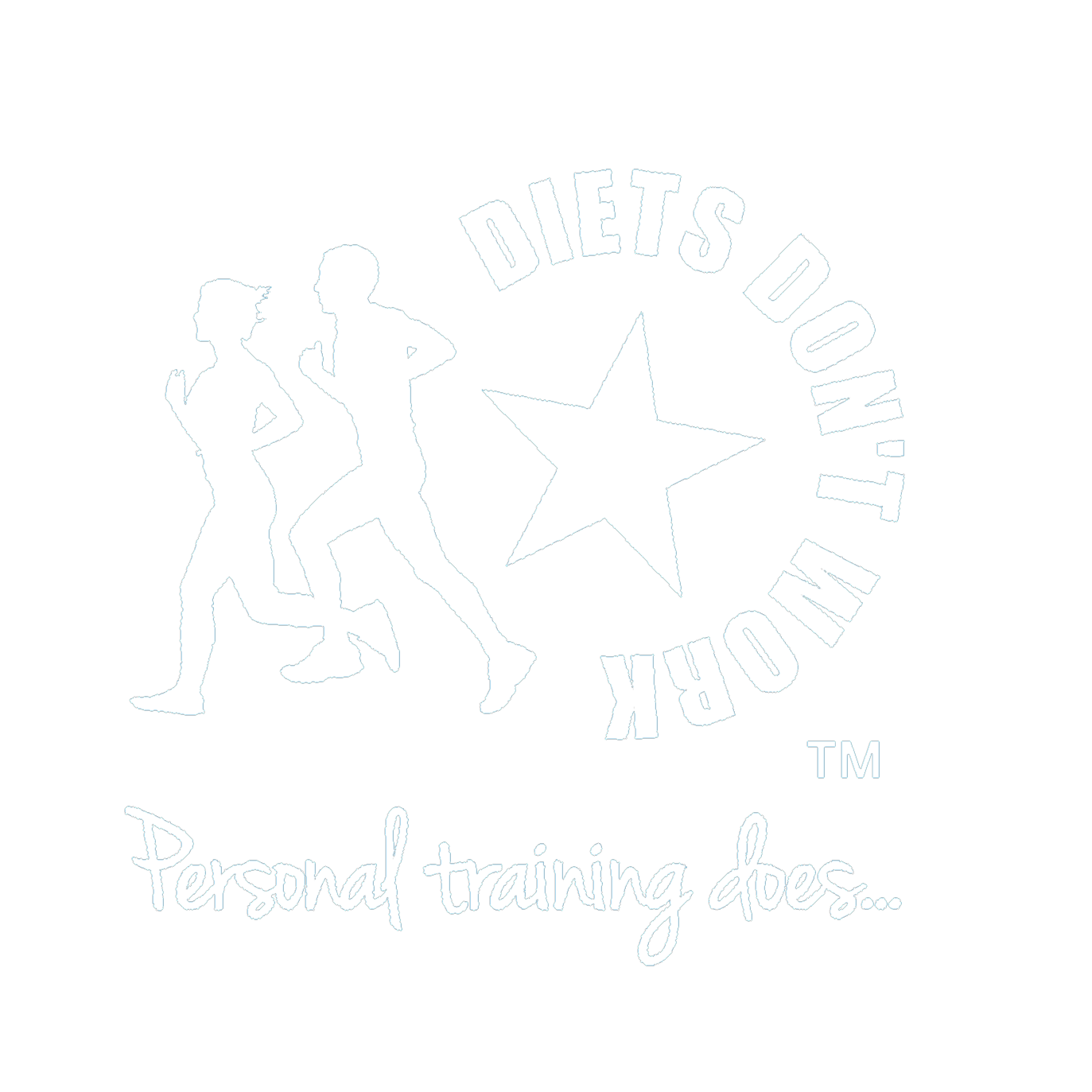
10,000 steps a day can be unachievable
We’ve all heard that our aim should be 10,000 steps a day, and lots of studies show that this is associated with lower blood pressure, increased fat burning, and improved glucose tolerance. But for many, the idea of walking what is 5 miles a day might be unachievable or even daunting. This somewhat arbitrary target can, in our experience, even lead to obsessive behavior in hitting this supposed holy grail of daily activity.
Case study
We have a 78-year-old client. She is fit and strong – from all the PT of course – and is also diligent in doing both strength and cardio on her own. However, she leads a busy life and also has become obsessive about hitting her 10,000 steps a day. This often becomes detrimental as she becomes stiff and tired, so much so that she will skip an hour’s workout or neglect her flexibility. We have advised her to cut her walking by at least half (or all) on 2-3 days a week and instead do a one-hour session of higher intensity cardio, strength training, and flexibility. Rather than constant walking with an associated element of wear and tear we encourage her to do shorter, more focused, structured, and intense sessions; with longer periods of recovery (not 5+ miles of walking!) in between.
Even a small increase in steps will have big benefits
Even small increases in step count will generate health benefits. Instead of the 10,000 step goal, you could aim for 150 minutes of walking a week; that’s just 22 minutes a week, or perhaps a more achievable 30 minutes 5 days a week, or whatever combination is most practical for your particular lifestyle and work/family commitments. Even increasing your step count by 2,000 steps a day helps to lower BMI and boost insulin sensitivity according to a study in the BMJ
Try HIIT walking
Just because you’re walking doesn’t mean it can’t get the heart rate up. Picking up the pace without running will still have a major impact on weight and health. After a 5 minute walk at an easy pace, walk really fast for 30 seconds and then at a normal pace for 4 minutes. Repeat 4 times, add in a 5 min cool-down walk and that’s your 30 mnutes!
Use incline or hills
For many of our elderly clients rinning isn’t a safe or sensible option and they might not have access to a stationary bike or rower. Using a hill or nearby slope (or incline on a treadmill) will get the heart rate up as much as running on the flat. It also has the benefits of adding an element of muscle building while easing the impact on both the knees and the hips. Intervals don’t just have to be speed-based. A great HIIT workout could be a good-paced walk using the incline on a treadmill as your variable; odd numbers are level – 0% – but every even number the incline is half of the minute you are in.
- 1 min at 0%
- 2 min at 1%
- 3 min at 0%
- 4 min at 2%
- 5 min at 0%
- 6 min at 3%
- 7 min at 0%
- 8 min at 4%
..and on to the final 16 min at 8%. Add in a 4 min cool down and that’s your low impact HIIT walk.
Walking is also hugely functional
Walking is after all how we transport ourselves around the world. So it makes sense to stay walking fit even into older age. Nothing can be more important, than staying mobile and independent.

Recent Comments